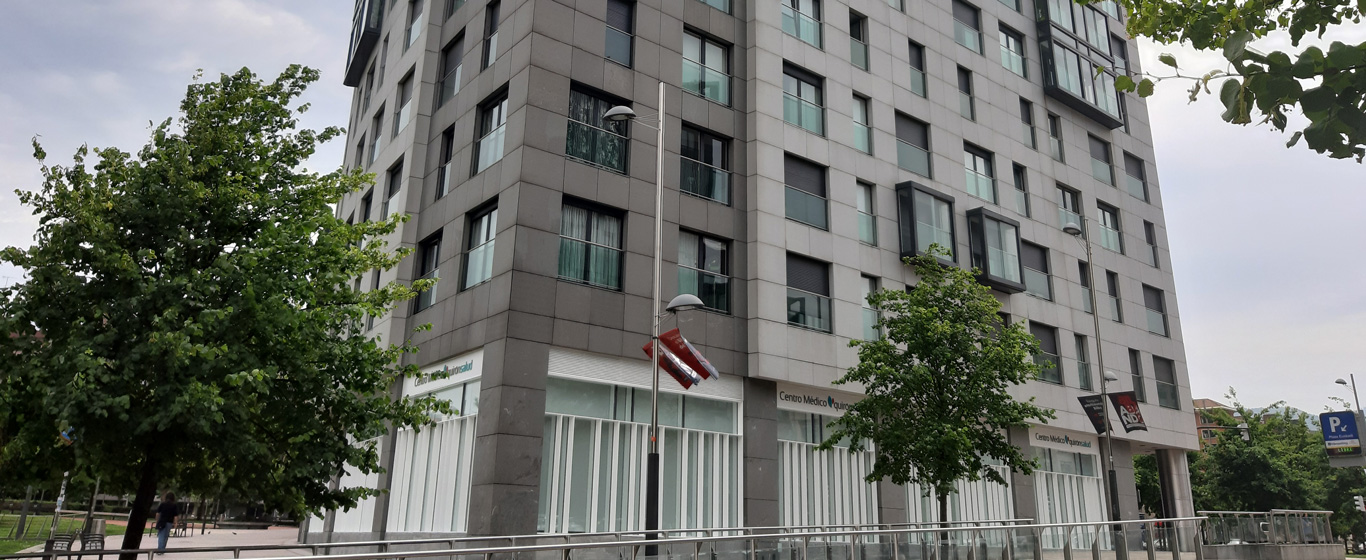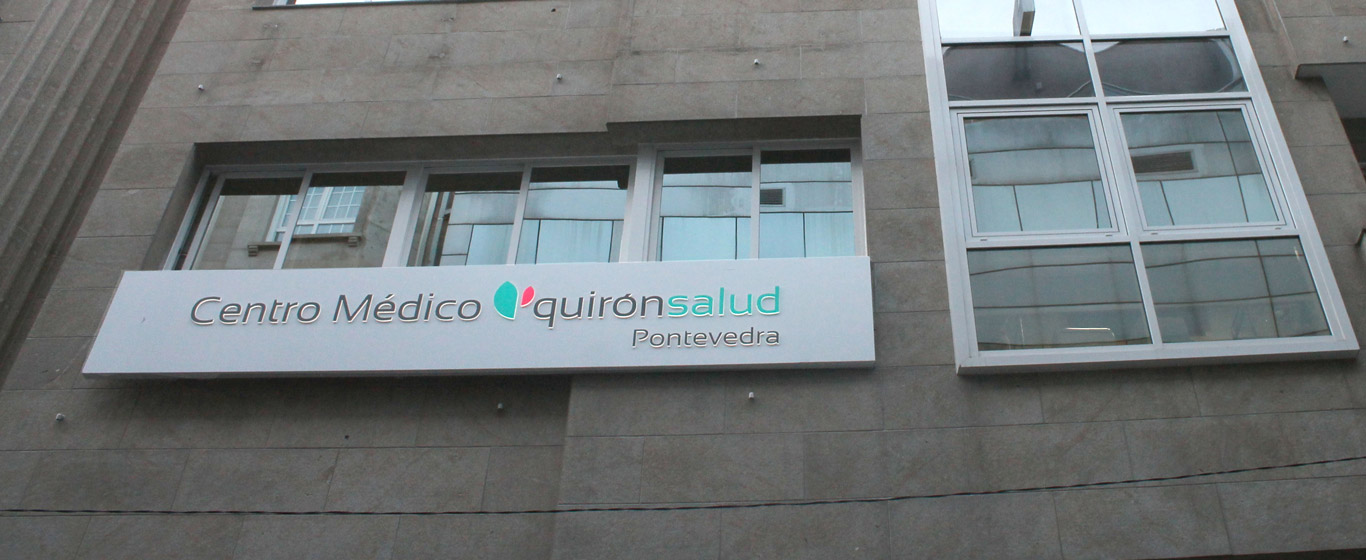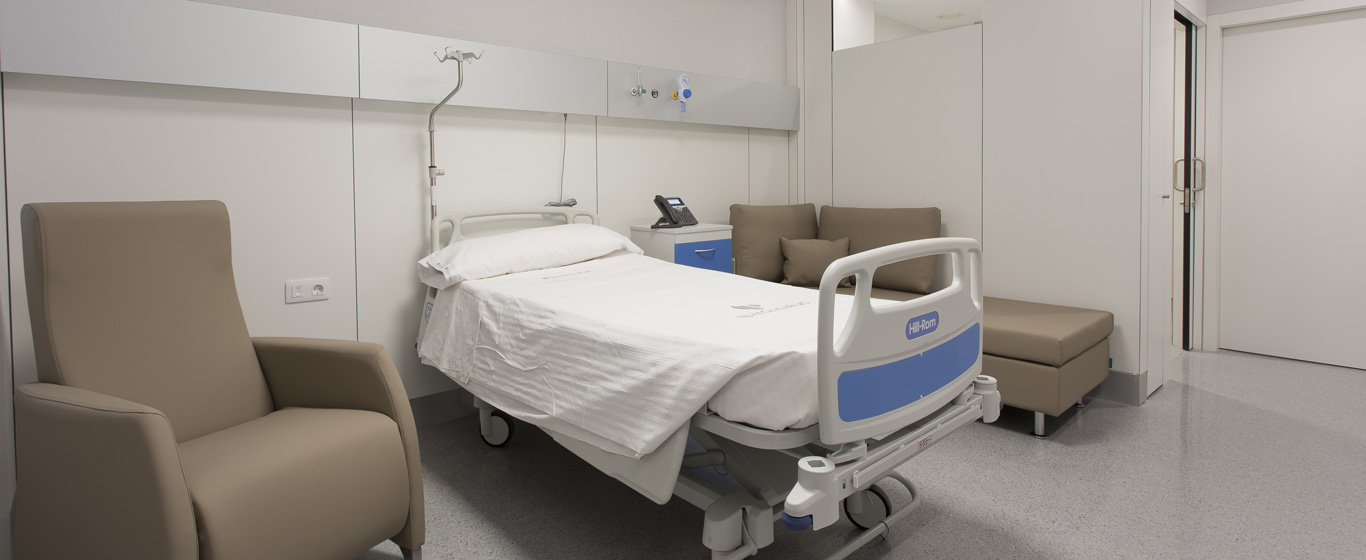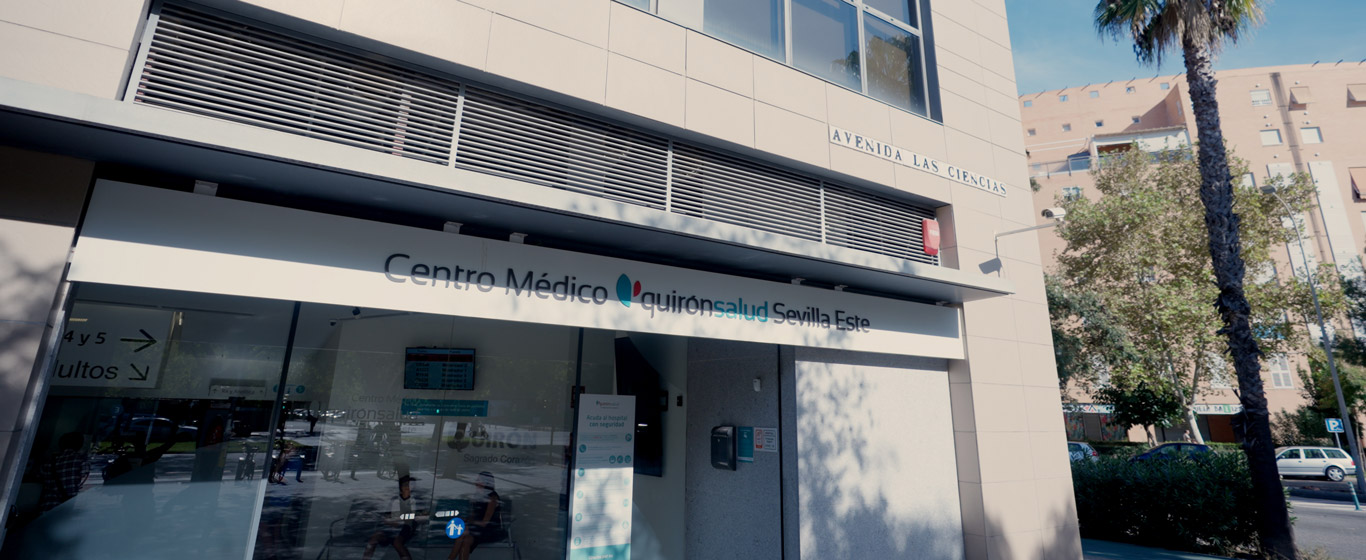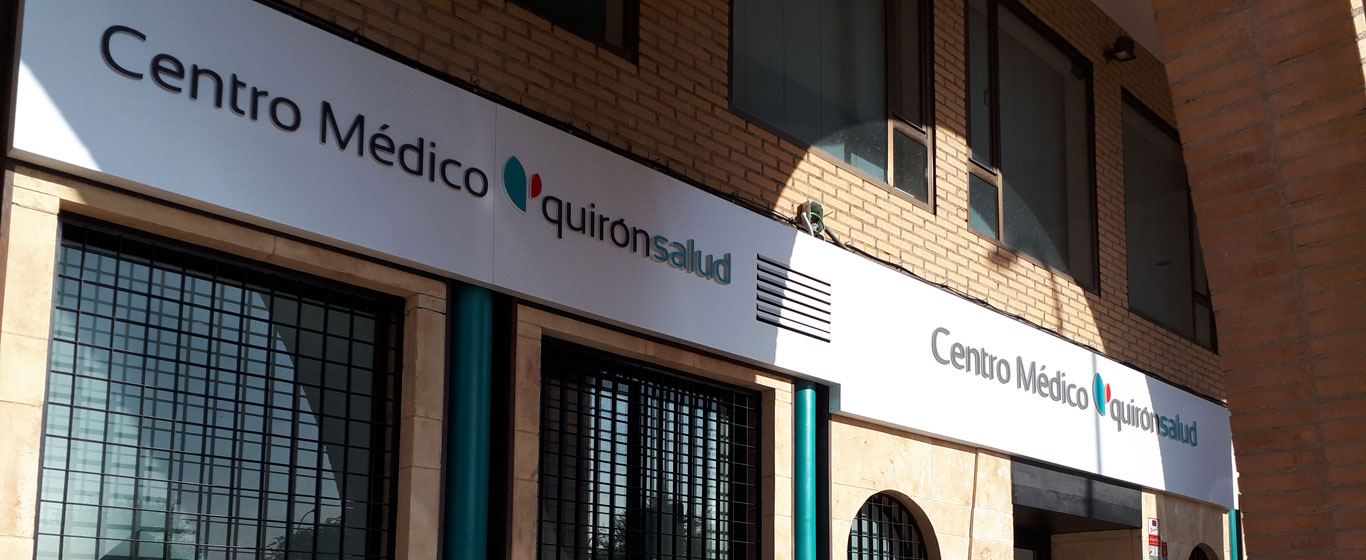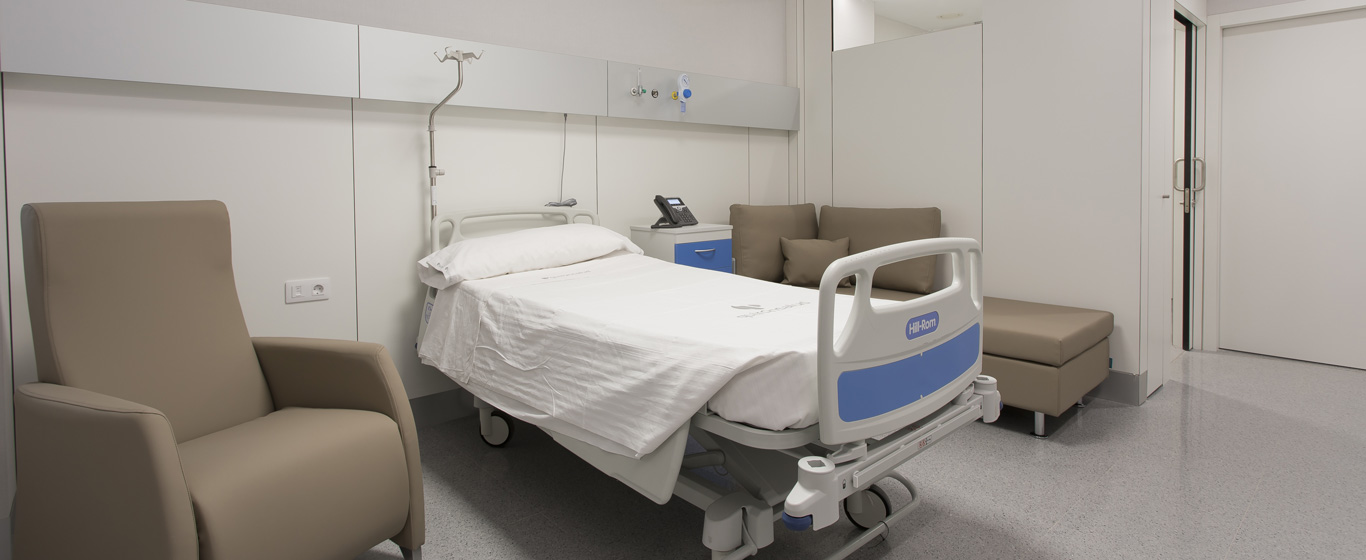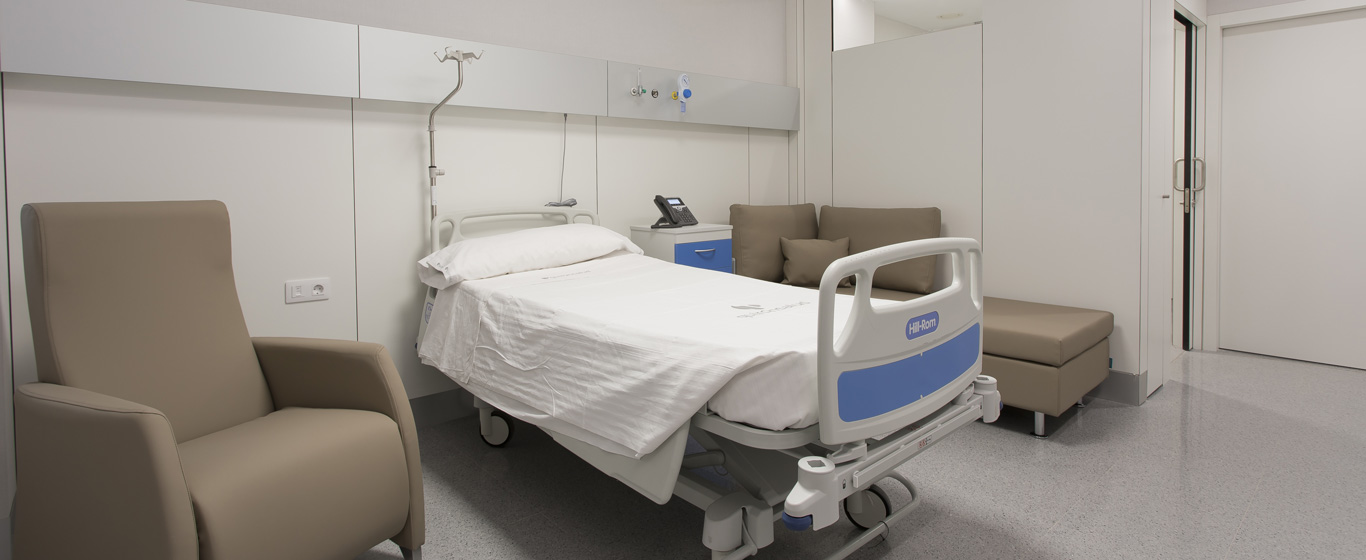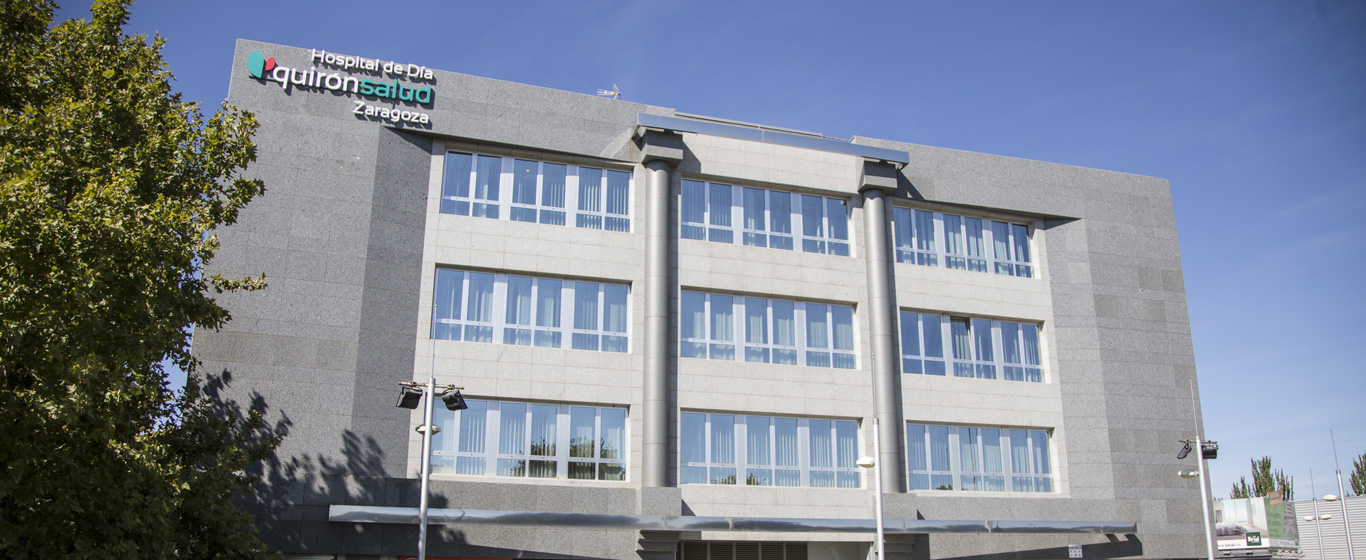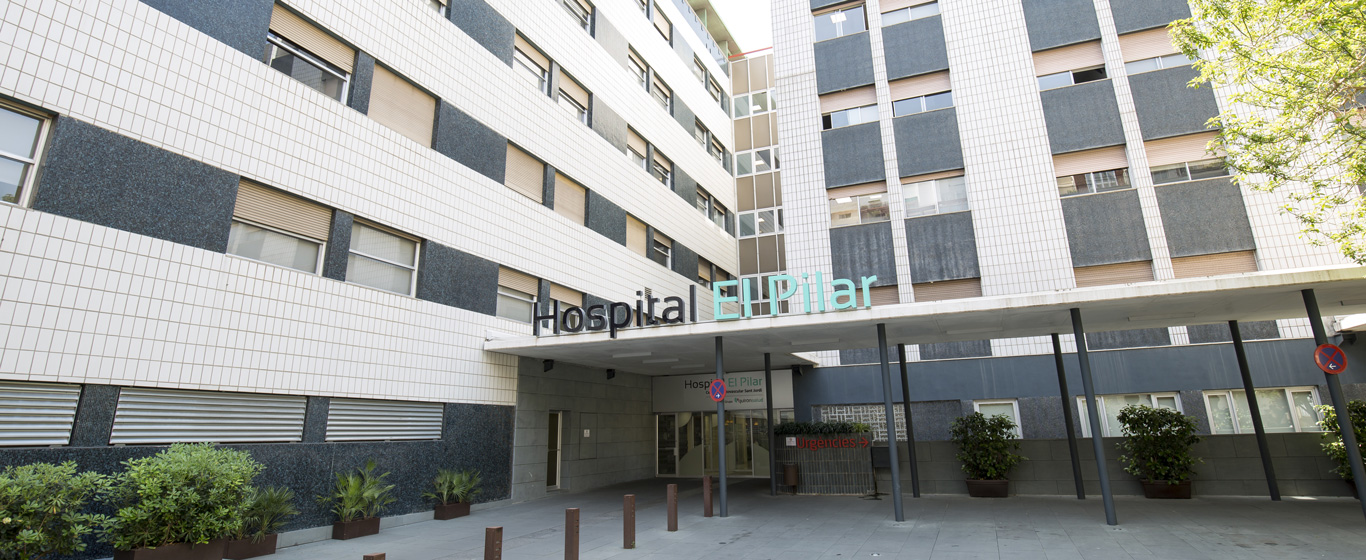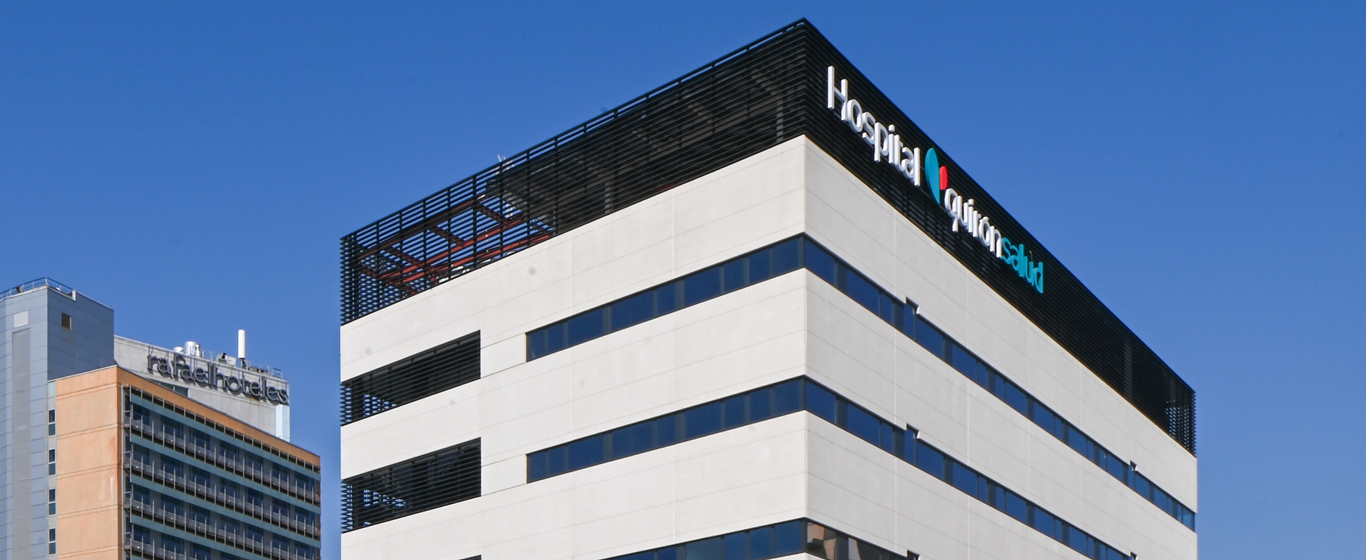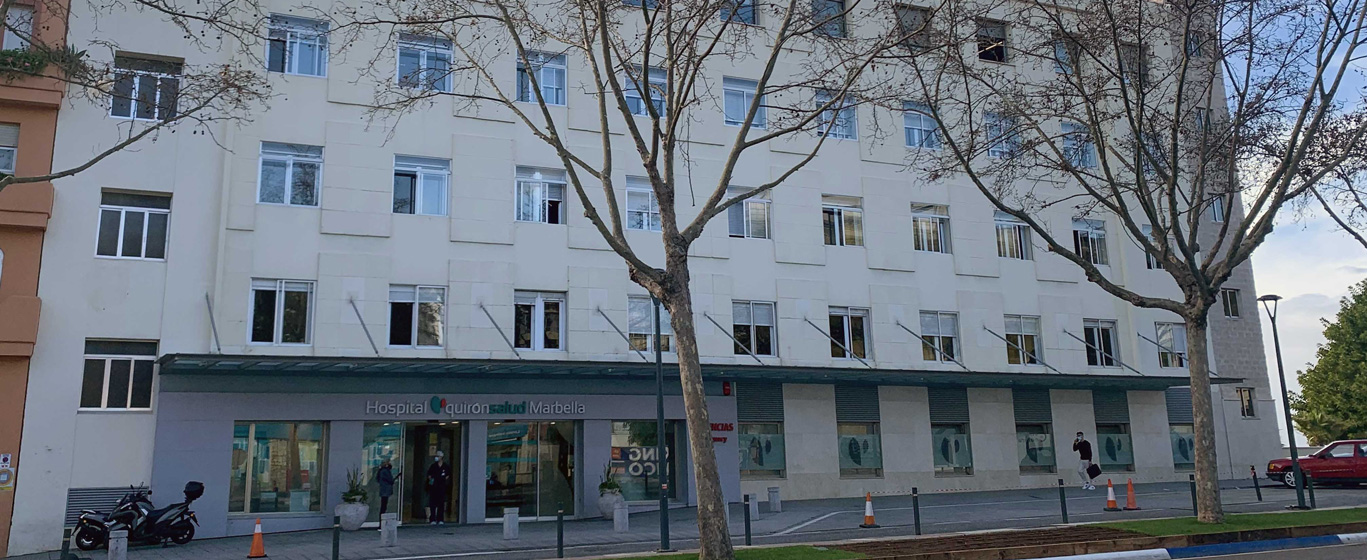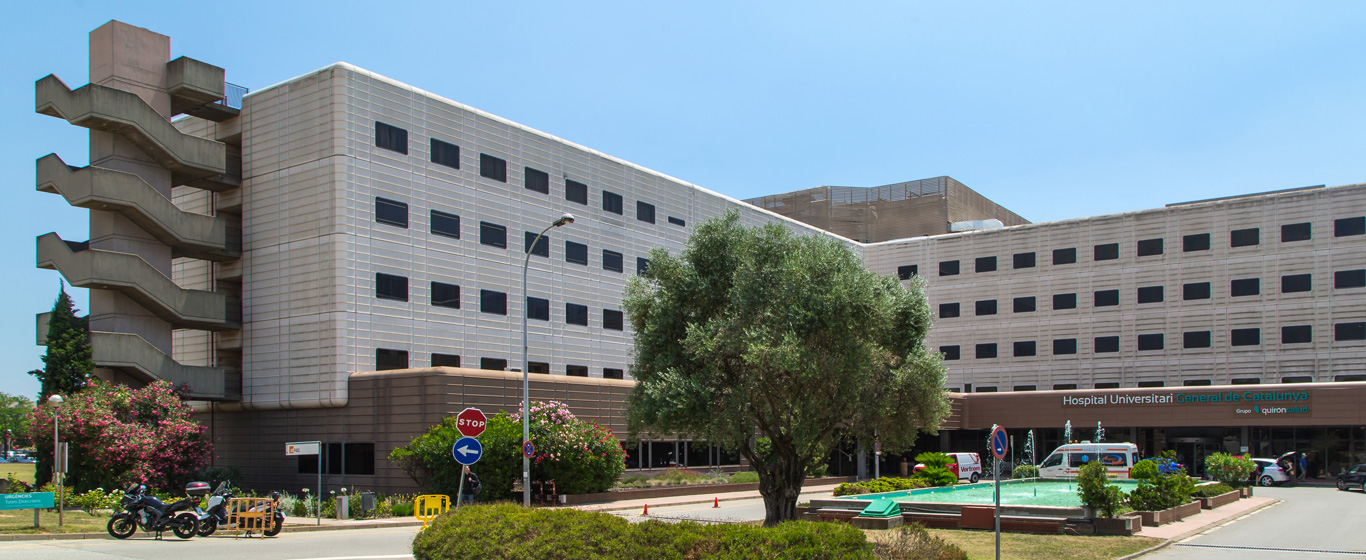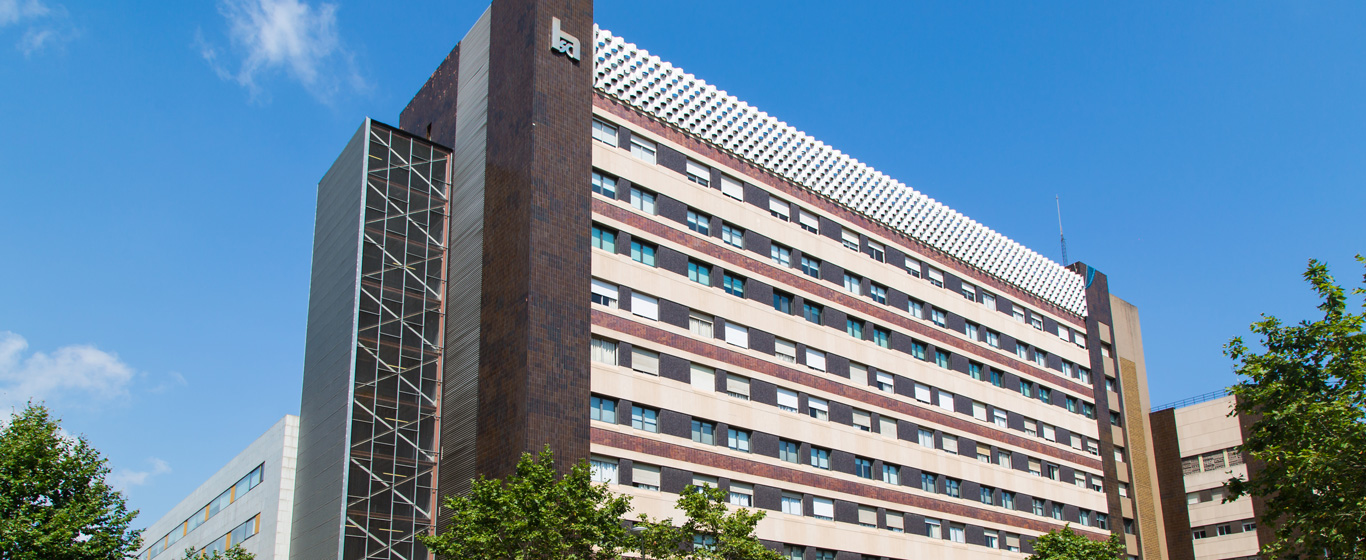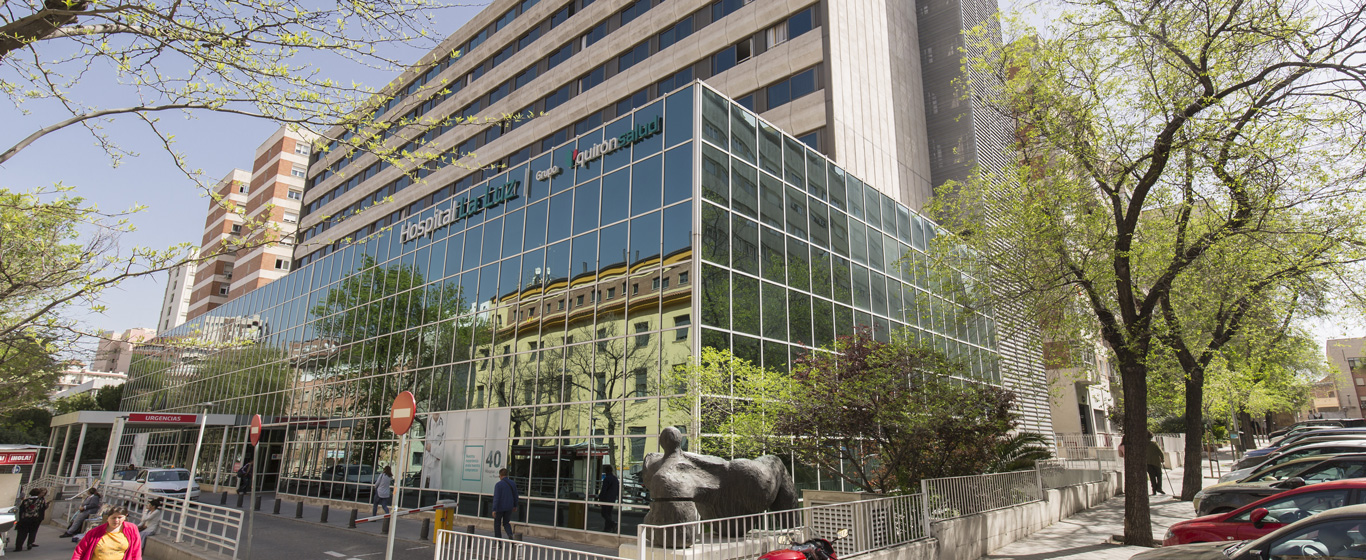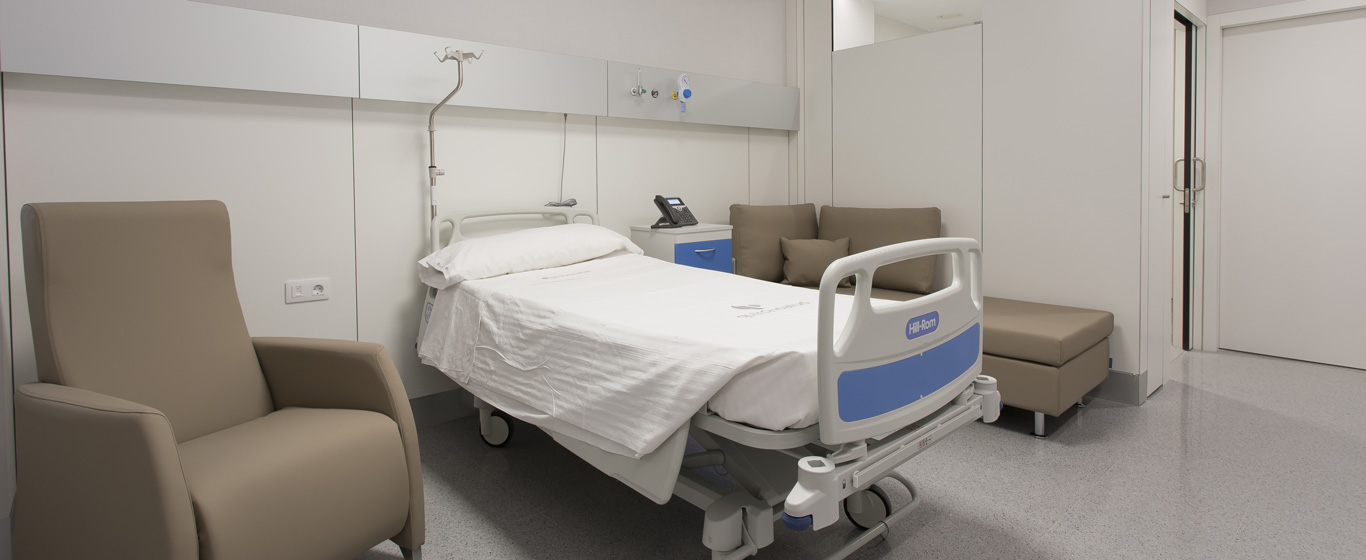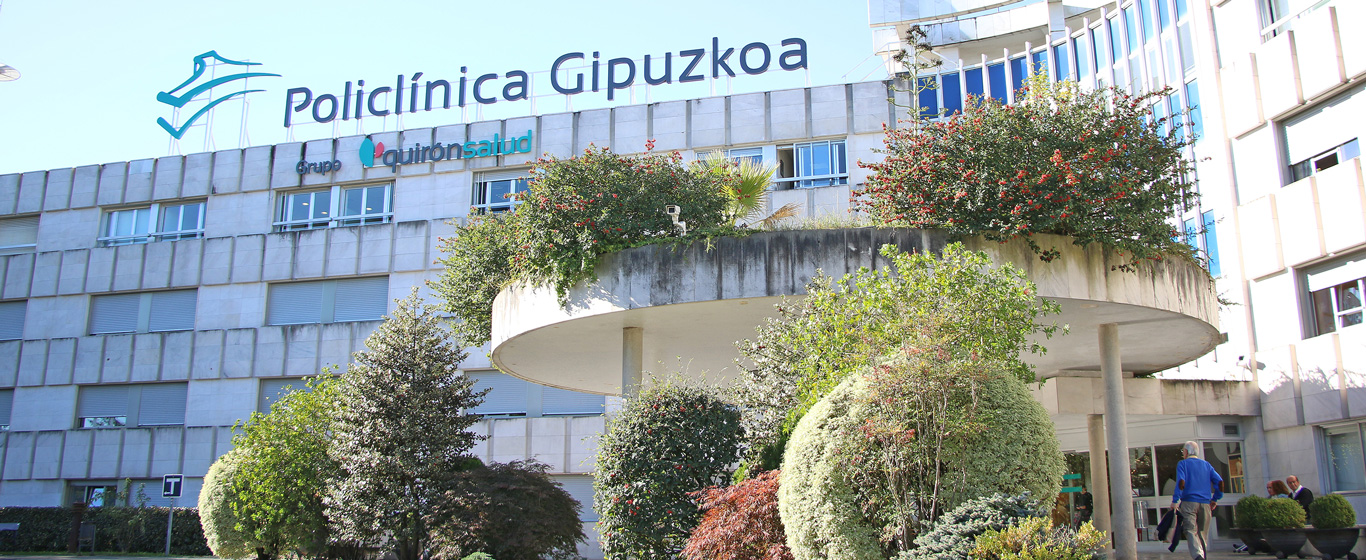Alopecia
Everything about the causes, symptoms, risk factors, and treatments for baldness.
Symptoms and Causes
Alopecia, or baldness, is the abnormal loss of hair in both men and women. This condition occurs most commonly on the scalp, but it can also affect other parts of the body, such as the eyebrows, eyelashes, armpits, beard, or genital area.
Hair loss is a normal part of the hair growth cycle; generally, between 50 and 100 hairs fall out daily and are replaced by new ones that grow from hair follicles. This loss is considered pathological when a greater amount of hair is shed or when the loss is normal but the hair is not replaced.
Depending on its characteristics, there are several different types of baldness:
- Non-scarring alopecia: The hair follicles are damaged but not destroyed, making it potentially reversible.
- Androgenic alopecia or common baldness: Develops gradually, beginning with hair thinning and ending with the complete destruction of the hair bulb, preventing new hair growth.
- Male androgenic alopecia: The most common type, characterized by decreased hair density and a distinctive pattern (loss of hair on the top of the head while maintaining it on the sides).
- Female androgenic alopecia: Characterized by thinning and the appearance of sparse areas, usually on the top of the head.
- Diffuse alopecia: Manifests in a generalized way, with hair falling out evenly across all scalp areas.
- Alopecia areata: A focal alopecia limited to a specific area of the scalp.
- Traumatic alopecia: Results from scalp injuries caused by the patient’s own behavior.
- Telogen effluvium: Temporary but very noticeable hair loss, with clumps of hair falling out suddenly. Over time, hair regrows naturally or with specific treatment.
- Scarring alopecia: The hair follicles are destroyed and replaced by fibrous scar tissue. It is a rare condition and can be irreversible.
The prognosis of baldness varies depending on its causes. Scarring alopecia tends to be permanent, while non-scarring alopecia is often reversible.
Symptoms
Symptoms vary depending on the type of alopecia. The most common include:
- Androgenic alopecia: Hair becomes finer and is lost gradually, usually from the frontal and top areas of the scalp.
- Diffuse alopecia: Generalized hair loss across all scalp areas.
- Alopecia areata: Round patches without hair form, which can progress to total hair loss.
- Traumatic alopecia: Hair loss starts on the sides, behind the ears, and on the crown. The scalp may show mild inflammation and become more sensitive, with itching and headaches.
- Telogen effluvium: Significant, sudden hair loss, even in clumps, causing a reduction in volume and visible scalp.
- Scarring alopecia due to lichen planus: Red bumps form on the scalp, causing itching and gradual hair loss.
- Frontal fibrosing alopecia: Affects only the front part of the scalp, causing hairline recession and eyebrow loss.
Causes
The causes of alopecia are highly varied:
- Non-scarring alopecia:
- Androgenic alopecia: Caused by genetic and hormonal factors that increase sensitivity to androgens. Dihydrotestosterone (DHT) reduces the size of hair follicles and increases sebum production, making hair weaker and eventually halting growth.
- Diffuse alopecia: Usually caused by endocrine disorders, hormonal imbalances, medications, or nutritional deficiencies.
- Alopecia areata: An autoimmune disease in which the body attacks its own hair follicles.
- Traumatic alopecia: Caused by poor hairstyling habits or psychological conditions such as stress or trichotillomania (the compulsion to pull out one’s own hair).
- Telogen effluvium: A disruption of the hair growth cycle caused by hormonal changes, stress, nutritional deficiencies, certain medications, or infections.
- Scarring alopecia: May result from three main causes:
- Primary alopecia: Hair follicles are damaged or lost due to developmental abnormalities or hereditary causes.
- Acquired alopecia: Occurs as a result of certain skin conditions:
- Lichen planopilaris: An autoimmune disease that destroys hair follicles.
- Frontal fibrosing alopecia: Hair follicles at the front of the scalp are destroyed by the immune system for unknown reasons.
- Graham-Little syndrome: A skin condition characterized by progressive scarring on the scalp.
- Secondary alopecia: Hair follicles are damaged by infection, diseases such as ringworm or cancerous tumors, burns, or medical treatments such as radiotherapy.
Risk Factors
Factors that increase the risk of alopecia include:
- Family history.
- Physical and psychological stress.
- Lupus.
- Diabetes.
- Radiotherapy.
- Chemotherapy.
- Nutritional deficiencies (iron, zinc, biotin, vitamin D, vitamin B12, protein).
- Hormonal changes or imbalances (pregnancy, menopause, polycystic ovary syndrome, hypothyroidism).
- Fungal infections, especially tinea capitis.
- Medications: certain anti-inflammatory drugs, antidepressants, anticoagulants, or antibiotics.
- Eating disorders.
Complications
The most frequent complications of baldness include:
- Increased skin exposure to sunlight.
- Scalp hypersensitivity.
- Personality changes.
- Low self-esteem.
- Social isolation.
- Depression.
- Anxiety.
Prevention
In most cases, alopecia cannot be prevented. To maintain healthy hair, it is recommended to handle it gently, avoid excessive heat, refrain from tight hairstyles, and protect it from sunlight.
Which doctor treats alopecia?
Specialists in medical-surgical dermatology and venereology are responsible for diagnosing and treating alopecia.
Diagnosis
Diagnosing baldness, specifically the type of alopecia the patient has, requires a detailed study of the patient’s medical and family history as well as their symptoms.
The most common diagnostic tests include:
- Physical examination: The scalp is examined for hair distribution and texture. Other hair-bearing areas are also checked.
- Hamilton–Norwood scale: Used to categorize and measure the degree of hair loss, from level I (normal) to level VII (severe baldness on the crown and frontal scalp).
- Hair pull test: The specialist gently pulls several hairs to see how many come out, helping determine the shedding stage.
- Blood test: Provides information about the patient’s overall health and helps detect conditions that may cause hair loss.
- Trichoscopy: The scalp and hair follicles are examined under a special microscope to detect signs of weakening or damage.
- Scalp biopsy: A small skin sample is taken and examined under a microscope along with several hair roots removed during the procedure. This test can reveal infections.
Treatment
To find the most suitable treatment for each person, specialists perform a pharmacogenetic study analyzing the various factors involved in alopecia. Based on this information and the patient’s individual needs, a personalized therapy plan is developed.
The most effective treatments include:
- Androgenic alopecia: Several approaches may be used:
- Topical medication (minoxidil): Stimulates hair growth and prevents follicle shrinkage.
- Oral drugs (antiandrogens): Slow hair loss and promote regrowth.
- Hair mesotherapy: Antiandrogenic agents are injected into the scalp using micro-needles to act directly on the follicle root.
- Platelet-rich plasma (PRP) mesotherapy: PRP obtained from the patient’s own blood is injected into the scalp to promote tissue regeneration and reduce hair loss.
- Hair transplant: Hair is taken from areas with healthy growth and transplanted to bald areas.
- Diffuse alopecia: Responds well to pharmacological or mesotherapy treatments, but hair grafting is not an appropriate option.
- Alopecia areata: Pharmacological treatment (corticosteroids, anthralin, minoxidil) is most effective and may be administered topically, orally, or intradermally.
- Traumatic alopecia: Usually improves with lifestyle changes and psychological therapy in severe cases.
- Telogen effluvium: In most cases, hair regrows naturally once the underlying cause is treated. If persistent, pharmacological or mesotherapy treatments may be used.
- Scarring alopecia due to lichen planus: Corticosteroids, immunosuppressants, or retinoids can slow disease progression, although it cannot be cured.
- Frontal fibrosing alopecia: This condition has no cure, but its progression can be slowed with anti-inflammatory or DHT-reducing medications.





























